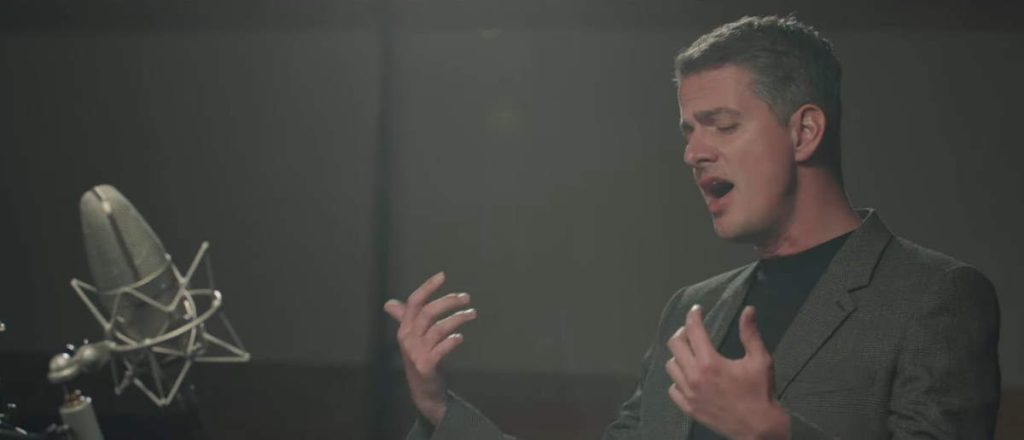The British musicologist, performer, teacher, luthier, impresario, and director who specializes in early music, Christopher Morrongiello performs Flow My Tears (Lachrimae), a lute song (specifically, an “ayre”) by the Renaissance composer, lutenist, and singer John Dowland (c. 1563 – buried 20 February 1626). Originally composed as an instrumental under the name “Lachrimae pavane” in 1596, it is Dowland’s most famous ayre, and became his signature song. This performance was filmed in the Chapel from Le Château de la Bastie d’Urfé at The Metropolitan Museum of Art on April 15, 2015.
Featured Instrument: This lute, attributed to Wendelin Tieffenbrucker, a German craftsman active between 1570 and 1610, dates from the late 16th century. It was made in Padua, Italy, using yew, spruce, ebony, and maple. The Metropolitan Museum of Art in New York acquired this piece through a purchase, which was a gift of Mr. and Mrs. Robert P. Freedman, by exchange, in 1989 (1989.13).
John Dowland’s Lachrimae
“Flow My Tears (Lachrimae)” is a renowned lute song composed by the Renaissance musician John Dowland, who was celebrated for his skills as a lutenist, singer, and composer. This piece, one of Dowland’s most famous works, exemplifies the genre of “ayres,” a type of English solo song with lute accompaniment that was popular during the late 16th and early 17th centuries.
The song’s lyrics and music convey a profound sense of melancholy and longing, reflecting the themes of sorrow and despair that were common in Renaissance music. The text of “Flow My Tears” speaks of a deep, personal sadness, with the opening line, “Flow, my tears, fall from your springs,“ immediately setting a somber tone. The melody is hauntingly beautiful, characterized by its expressive and flowing lines that mirror the poetic imagery of tears and sorrow.
Musically, “Flow My Tears” showcases Dowland’s mastery of the lute, with a delicate yet intricate accompaniment that supports the vocal line without overpowering it. The piece is structured in a way that allows the singer to convey the emotional depth of the lyrics, while the lute provides a rich, harmonic backdrop. The interplay between voice and lute creates a poignant and intimate atmosphere, making the song a deeply moving experience for listeners.
Dowland’s ability to blend expressive poetry with intricate musical composition has made “Flow My Tears” a timeless work, celebrated by musicians and audiences alike. Its enduring popularity is a testament to Dowland’s genius and his profound understanding of the emotional power of music. The song continues to be performed and recorded by classical musicians, ensuring that its haunting beauty and emotional resonance remain appreciated by new generations.
Sources
- “Flow, my tears” on Wikipedia
